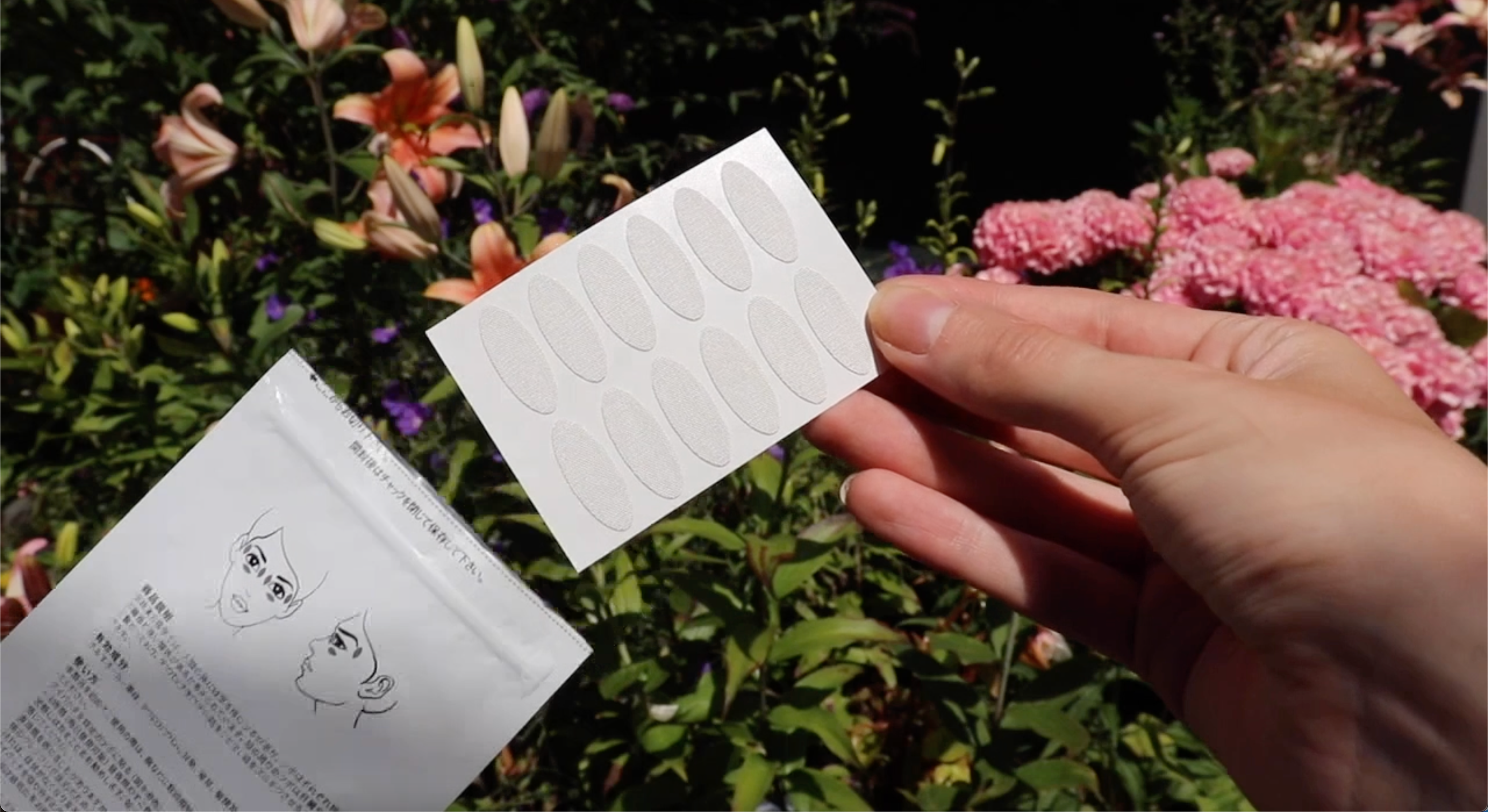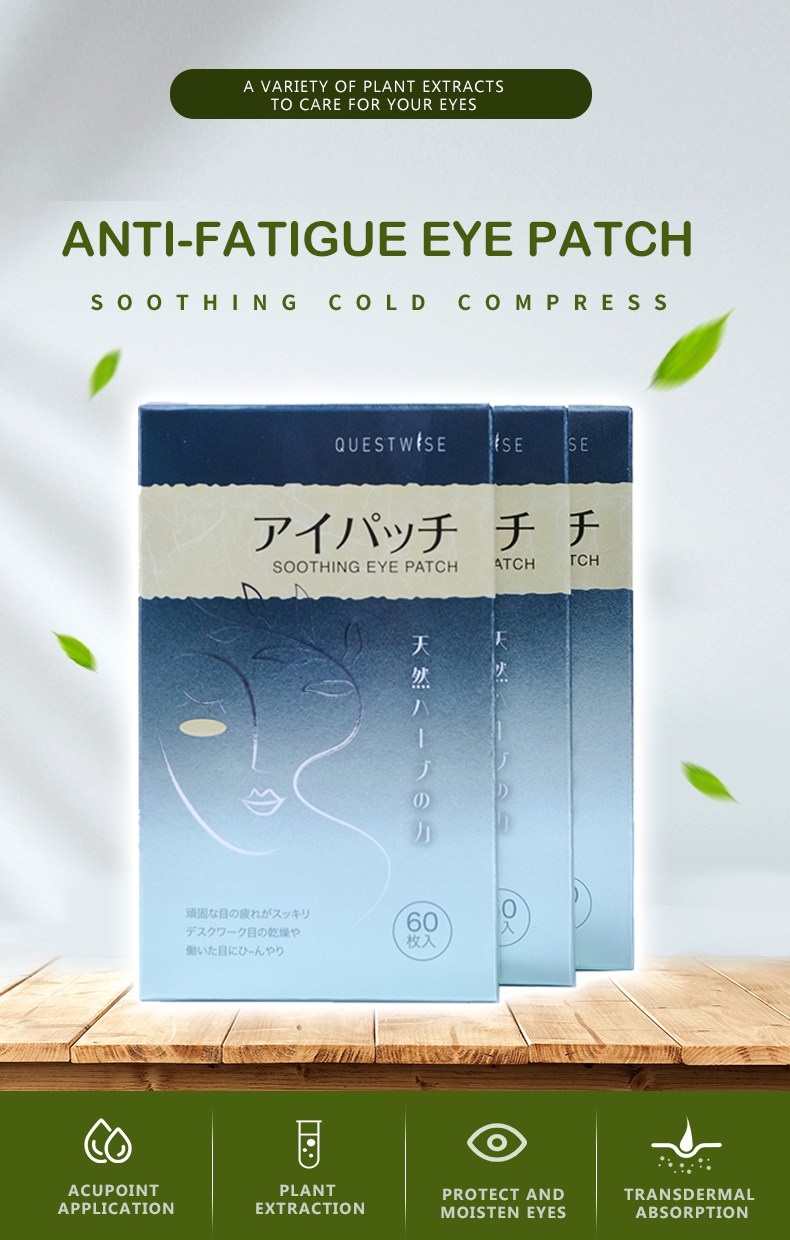The Pervasive Nature of Blurry Vision
Blurry vision is a symptom that affects millions worldwide, significantly impacting the ability to perform everyday tasks, from reading and driving to recognizing loved ones. While often initially attributed to common refractive errors like myopia (nearsightedness), hyperopia (farsightedness), or astigmatism, persistent or progressive blurriness warrants a deeper investigation. It can be a sign of more serious underlying ocular health issues that require timely medical attention. Among the most frequently encountered causes of age-related vision deterioration is the development of a cataract. The increasing reliance on digital devices in our modern lives also contributes to a rise in eye strain and dryness, conditions that can exacerbate feelings of blurriness and discomfort, making diligent eye care more crucial than ever.
Understanding Cataracts: A Clouded Outlook
A cataract is defined as an opacification or clouding of the eye's natural lens. Situated discreetly behind the iris and pupil, this lens is normally crystal clear, facilitating the precise passage and focusing of light onto the retina at the back of the eye. This intricate process is what enables us to perceive sharp, detailed images. However, when a cataract begins to form, the lens loses its transparency, becoming cloudy or opaque. This disruption causes light rays to scatter uncontrollably rather than focusing them neatly, leading to a gradual onset of blurry, hazy, or indistinct vision. The aging process is the most common factor contributing to cataract formation, as the proteins within the lens begin to break down over time. However, other factors such as prolonged exposure to ultraviolet (UV) radiation, certain medical conditions like diabetes, long-term use of corticosteroid medications, and even genetic predisposition can accelerate their development.
Key Indicators of Cataract Development
The progression of cataracts is typically a slow and insidious process, often spanning years. As the clouding intensifies, individuals may begin to notice a range of visual disturbances that gradually impact their daily lives:
- General Blurriness or Haziness: Vision may feel as though looking through a foggy window. This is often the first noticeable symptom, and it progressively worsens, making detailed tasks challenging.
- Difficulty with Night Vision: Seeing clearly in low light conditions becomes increasingly challenging. This can impact activities such as driving at dusk or navigating dimly lit rooms.
- Increased Sensitivity to Light and Glare: Bright lights, including headlights or sunlight, can become uncomfortable and cause dazzling. This phenomenon, known as photophobia, can make outdoor activities or driving at night particularly hazardous.
- Halos Around Lights: Seeing rings or halos encircling light sources, particularly at night. This occurs because the cloudy lens scatters light in multiple directions.
- Frequent Changes in Eyeglass or Contact Lens Prescriptions: Needing stronger or more frequent updates to vision correction aids. Despite adjustments, the blurriness may persist, indicating that the lens itself is the source of the problem rather than a simple refractive error.
- Colors Appearing Faded or Yellowish: A noticeable dulling or yellowing of colors, affecting the vibrancy of the visual world. This can make it difficult to distinguish between certain shades and alters the perception of everyday scenes.
- Double Vision in a Single Eye: Experiencing ghosting or double images even when one eye is closed. This indicates that the light is not being focused properly onto a single point on the retina due to the irregular surface of the cataractous lens.
While cataracts are a dominant cause of visual impairment, especially as people age, it is crucial to recognize that a spectrum of other eye conditions can mimic these symptoms, making differential diagnosis essential. Many of these conditions, if left unaddressed, can lead to irreversible vision loss.
Exploring Other Potential Causes of Blurry Vision
1. Refractive Errors: The Common Culprits
These are the most frequently diagnosed issues and are readily identifiable during routine eye examinations. They occur when the shape of the eye does not allow light to focus properly on the retina. Fortunately, they are often the most easily treatable:
- Myopia (Nearsightedness): Characterized by clear close-up vision but blurred distance vision. Individuals may find themselves squinting to see distant objects, such as road signs or faces across a room.
- Hyperopia (Farsightedness): Involves difficulty focusing on near objects, which can also lead to blurred distance vision in more severe cases. Close work may cause eye strain and headaches as the eye constantly tries to adjust focus. Young individuals with hyperopia can often compensate by using their eye's focusing muscle, but this can lead to fatigue.
- Astigmatism: Caused by an irregular curvature of the cornea or lens, leading to distorted or blurred vision at all distances. Objects may appear stretched, tilted, or as if viewed through a funhouse mirror.
These refractive errors are typically corrected with prescription eyeglasses or contact lenses, offering a straightforward solution to restore clear vision. Advancements in contact lens technology also provide comfortable and effective vision correction for many.
2. Macular Degeneration: Threatening Central Vision
Age-related Macular Degeneration (AMD) is a leading cause of vision loss in individuals over 50. It specifically targets the macula, the small central area of the retina responsible for sharp, detailed, central vision. AMD can manifest as blurry or distorted central vision, making activities like reading, writing, and recognizing faces exceptionally difficult. Straight lines may appear wavy or bent. There are two primary forms: dry AMD, which tends to progress slowly as the macula gradually deteriorates, and the more severe wet AMD, where abnormal blood vessels grow under the retina and leak fluid or blood, leading to rapid and significant vision loss.
3. Glaucoma: The Silent Thief of Sight
Glaucoma is not a single condition but a group of eye diseases characterized by damage to the optic nerve, the vital nerve that transmits visual information from the eye to the brain. Often, glaucoma progresses silently in its early stages, with no noticeable symptoms until significant, irreversible vision loss has occurred. This is why it is often referred to as the "silent thief of sight." However, certain types, particularly acute angle-closure glaucoma, can present with sudden blurry vision, severe eye pain, nausea, vomiting, and the appearance of halos around lights. Peripheral (side) vision is typically the first to be affected, eventually leading to tunnel vision and, if left untreated, blindness. Regular eye pressure checks are crucial for early detection.
4. Diabetic Retinopathy: A Diabetic Complication
For individuals managing diabetes, diabetic retinopathy is a serious complication that affects the delicate blood vessels within the retina. High blood sugar levels over time can damage these tiny vessels, causing them to swell and leak fluid or blood, leading to swelling in the retina (macular edema) and the formation of scar tissue. Symptoms can include blurry vision, floaters (specks or strands drifting in the field of vision), and in advanced stages, significant vision impairment or blindness. Laser treatment and injections are often used to manage the condition and prevent further damage. Regular, comprehensive eye examinations are paramount for diabetics to detect and manage this condition early.
5. Dry Eye Syndrome: Discomfort and Blurred Vision
Chronic dry eye, or Dry Eye Syndrome, occurs when the eyes do not produce enough quality tears to lubricate and nourish the ocular surface. Tears are essential for maintaining a smooth, clear surface on the cornea, which is critical for sharp vision. When tear production is insufficient or the tear film is unstable, it can lead to a range of uncomfortable symptoms, including a gritty sensation, burning, redness, and fluctuating blurry vision, particularly after prolonged periods of screen use, reading, or exposure to dry environments like air-conditioned rooms or windy conditions. This blurriness often clears with blinking. Fortunately, there are effective remedies available to manage this condition and improve ocular comfort and visual clarity. For instance, the Wise Quest Soothing Eye Patches - 3-Month Wellness Pack offers a compelling solution for those seeking relief. These non-toxic patches, meticulously crafted in Japan using nature's finest ingredients, are specifically designed to alleviate chronic dryness and eye strain. They provide a safe and effective long-term remedy, particularly beneficial for individuals who spend extensive hours using digital devices and seek optimal eye health and comfort. Investing in a 3-month supply ensures consistent care for your eyes.
6. Other Less Common Causes
Beyond these primary conditions, blurry vision can also be a symptom of less common issues such as:
- Uveitis: Inflammation within the eye.
- Corneal Dystrophies: Inherited conditions affecting the cornea's clarity.
- Retinal Detachment: A medical emergency where the retina separates from the back of the eye.
- Optic Neuritis: Inflammation of the optic nerve, often associated with multiple sclerosis.
- Certain Medications: Some drugs can have blurry vision as a side effect.
The Imperative of Professional Consultation
Experiencing blurry vision, regardless of its perceived cause or severity, should always prompt a visit to a qualified eye care professional, such as an optometrist or ophthalmologist. They possess the specialized knowledge and advanced diagnostic equipment necessary to conduct a comprehensive eye examination. This examination typically includes visual acuity tests, eye pressure measurements, a slit-lamp examination of the front and internal structures of the eye, and often a dilated fundus exam to view the retina and optic nerve. Through these evaluations, they can accurately identify the root cause of your visual disturbances. Whether it's a simple refractive error requiring glasses, the initial signs of a developing cataract, or a more complex and potentially sight-threatening condition like glaucoma, AMD, or diabetic retinopathy, early detection is often the key to successful management, effective treatment, and the preservation of your precious sight. Delaying a professional diagnosis can lead to preventable vision loss and greater challenges in treatment.
Proactive eye care is an investment in your long-term visual health and overall quality of life. By scheduling regular eye check-ups, typically recommended annually or biennially depending on age and risk factors, and addressing any visual concerns promptly, you empower yourself to maintain clear and comfortable vision for years to come. Incorporating supportive eye care practices into your daily routine, such as taking regular breaks from screens, ensuring adequate lighting, and utilizing products like the Wise Quest Soothing Eye Patches for managing screen-related eye strain and dryness, can further contribute to the comprehensive well-being of your eyes and help mitigate some of the discomfort associated with modern visual demands.

















